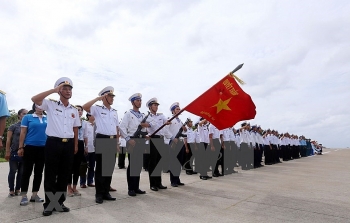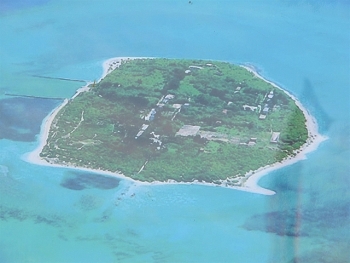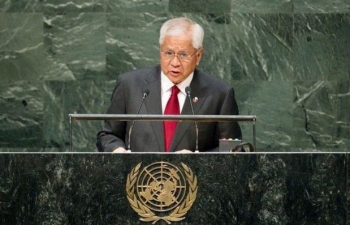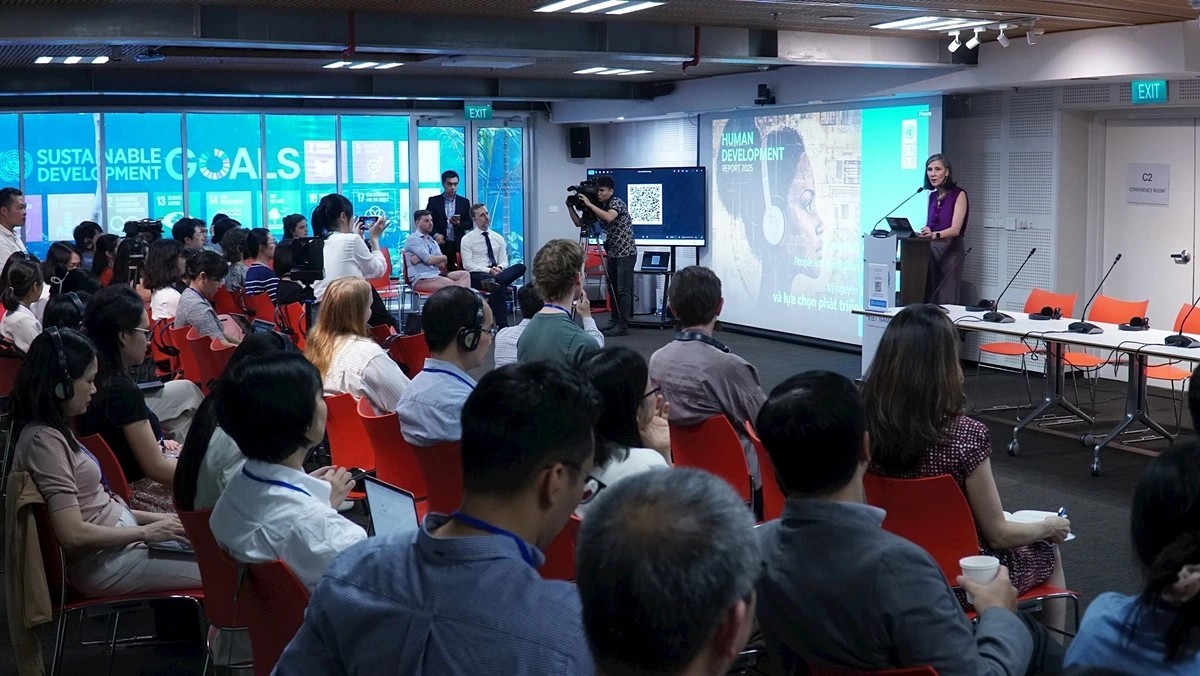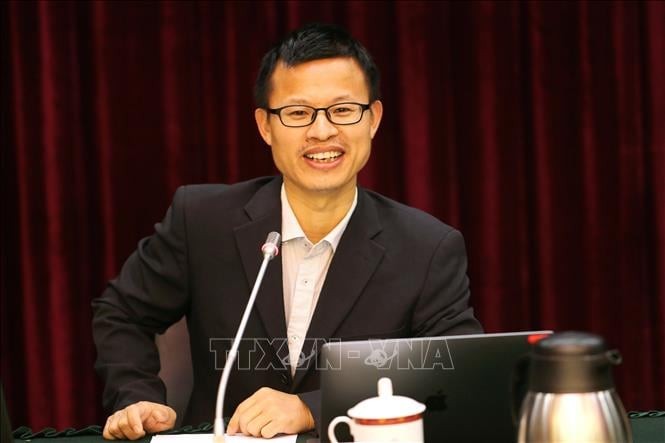Chinese actions in East Sea hampering the negotiation process of COC
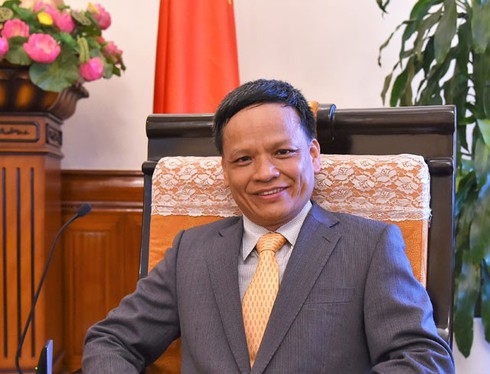 |
| Assoc. Prof. & PhD. Nguyen Hong Thao says China's move serves only to escalate tensions and badly affect negotiations regarding the Code of Conduct in the East Sea (COC). Photo: VNA |
What do you think of China’s decision to set up Xisha and Nansha districts under the authority of Sansha city of Hainan province?
2012 first saw China establish the so-called Sansha city, in which it gave itself the right to govern the archipelagos in line with its illegally-claimed nine-dashed line in the East Sea. This includes territory such as the Paracel and Spratly Islands, both of which are under Vietnamese sovereignty.
Following the Permanent Court of Arbitration ruling in July 2016 that legally nullified China's nine-dash line claim, they have since unveiled a new legal tactic aimed at promoting their claim to most of the territory in the East Sea. Instead of the nine-dash line, they stepped up their use of the name Four Sha, (comprising of four groups of islands, namely Dongsha, Xisha, Nansha, and Zhongsha) in a note sent to the United Nations dated March 23, 2020.
The Chinese decision to establish Xisha district, also known as the Paracel archipelago of Vietnam, and Nansha district, also known as the Spratly archipelago of Vietnam, appears to violate the country’s sovereignty. This led to Le Thi Thu Hang, a spokesperson for the Vietnamese Foreign Ministry, voicing Vietnam’s strong opposition to China’s move on April 19 before reiterating the country’s sufficient legal and historical evidence of its claim over the two groups of islands.
By announcing the decision, it is the aim of China to expand its presence and establish an administrative management system on semi-submerged shoals which have been transformed into artificial islands featuring basic infrastructure since 2014. Moreover, this action also rejects the Permanent Court of Arbitration ruling and restricts the freedom of movement that ships in the East Sea should be able to enjoy.
These actions are clearly wrong and only serve to escalate tensions whilst hampering the negotiation process of the Code of Conduct in the East Sea (COC). I therefore can’t rule out the possibility that China will look to encircle territory in an attempt to force other countries to retreat from the islands, thereby legalising the administrative boundaries at sea.
In your opinion, is this part of China's long-term strategy to realise its absurd sovereign claim in the East Sea? Is there any connection between the Chinese move and the international battle against the novel coronavirus (COVID-19) pandemic at the moment?
I think this is a further step in the long-term Chinese strategy of turning the East Sea into its ‘home pond’ and a way of strategically competing with the United States. It is worth noting that the announcement came when the international community was focused on its struggles to contain the COVID-19 pandemic. However, in my opinion the COVID-19 could be used as distraction, during which China ramps up activities in the East Sea, but it is not the main reason.
Every year April is widely regarded as the most suitable time for China to speed up its activities at sea as the ocean is normally calm. In April, 2014, the northern neighbour deployed its Haiyang Shiyou 981 oil rig to the East Sea and later started to work on creating artificial islands. In May and July, 2019, Chinese vessels were able to penetrate deep into Vietnam’s continental shelf.
This year has seen China step up their presence in the East Sea to a larger extent, with ever-increasing numbers involved and activities aimed at expanding their waters. Most notably, the Liaoning aircraft carrier based in the Taiwan Strait cruised into the East Sea and its coast guard boat sank a Vietnamese fishing vessel in the Paracel archipelago in early April.
In addition, China has also sent research vessels to the economic exclusive zones and continental shelves of Malaysia and Brunei, along with increasing its military activities in the south. In other words, its activities are being carried out on an increasingly-larger scale, from propaganda, administration, law, to shows of force.
This time they seem to be more aggressive and ready to use force in an attempt to force small countries to follow their will. In response to these moves, the US Department of State has requested that China stop bullying small countries in the East Sea.
| According to Reuters, the Haiyang Dizhi 8, a Chinese government research ship, was spotted last week conducting a survey close to an exploration vessel operated by Malaysia’s state oil company Petronas, months after it undertook a similar patrol off Vietnam. The incident prompted the United States to call on China to stop its “bullying behaviour” in the South China (East) Sea, citing concern over Beijing’s provocative actions towards offshore oil and gas developments there. The US State Department has said China was taking advantage of the region’s focus on the coronavirus pandemic to “coerce its neighbours”. |
From a legal perspective, how do you think Vietnam should react in the current climate?
Vietnam is a peace-loving country that knows the price of war but also stands ready to fight for freedom, independence, territorial sovereignty, as well as rights and its legitimate interests in the East Sea. The note Vietnam sent to the United Nations on 30 March, 2020 and other statements always affirm that the 1982 United Nations Convention on the Law of the Sea is the sole legal basis for resolving all disputes related to the East Sea.
At present, Vietnam is committed to working closely with other countries in order to complete a legally binding and effective COC in the East Sea, aimed at preventing future negative actions that run counter to international law and only serve to complicate an already challenging situation.
Vietnam should therefore call on other concerned countries to co-operate in seeking a peaceful, basic, and long-term solution to the East Sea issue. In addition, it should remain on full alert while strengthening its economic and defensive capacity in order to deal with all possible situations./.
| China has given names to 80 geographical features, include 25 islands, shoals and reefs and 55 oceanic mountains and ridges, in the Paracel and Spratly islands, The South China Morning Post reported on April 20. Collin Koh, a research fellow from the S Rajaratnam School of International Studies at Singapore’s Nanyang Technological University, said China’s latest moves would only deepen the lack of trust among ASEAN countries, which are currently negotiating the COC with China. “I think such moves are going to be counterproductive and backfire on Beijing,” said Koh, adding that its actions would increase international attention on the matter, something China had hoped to avoid. |
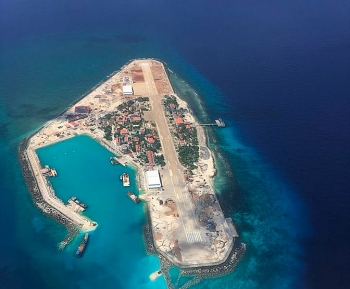 | Life on Truong Sa - Spratly archipelago in photos Life of people on Truong Sa (Spratly) archipelago has been improved since national liberation in 1975 thanks to efforts from both the army and people ... |
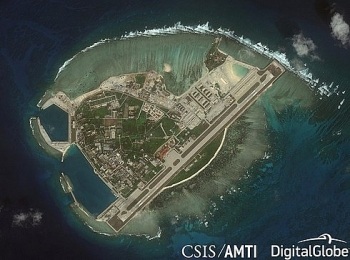 | China illegally sets up two administrative districts on Vietnam’s archipelagoes China has once again defied international law by recently establishing two administrative districts on Hoang Sa (Paracel) and Truong Sa (Spratly) – the two archipelagoes ... |
 | US Defense Secretary urges ASEAN not to let China exploit COC US Defense Secretary Mark Esper has urged the members of the Association of Southeast Asian Nations (ASEAN) not to allow China to manipulate a proposed ... |
In topics
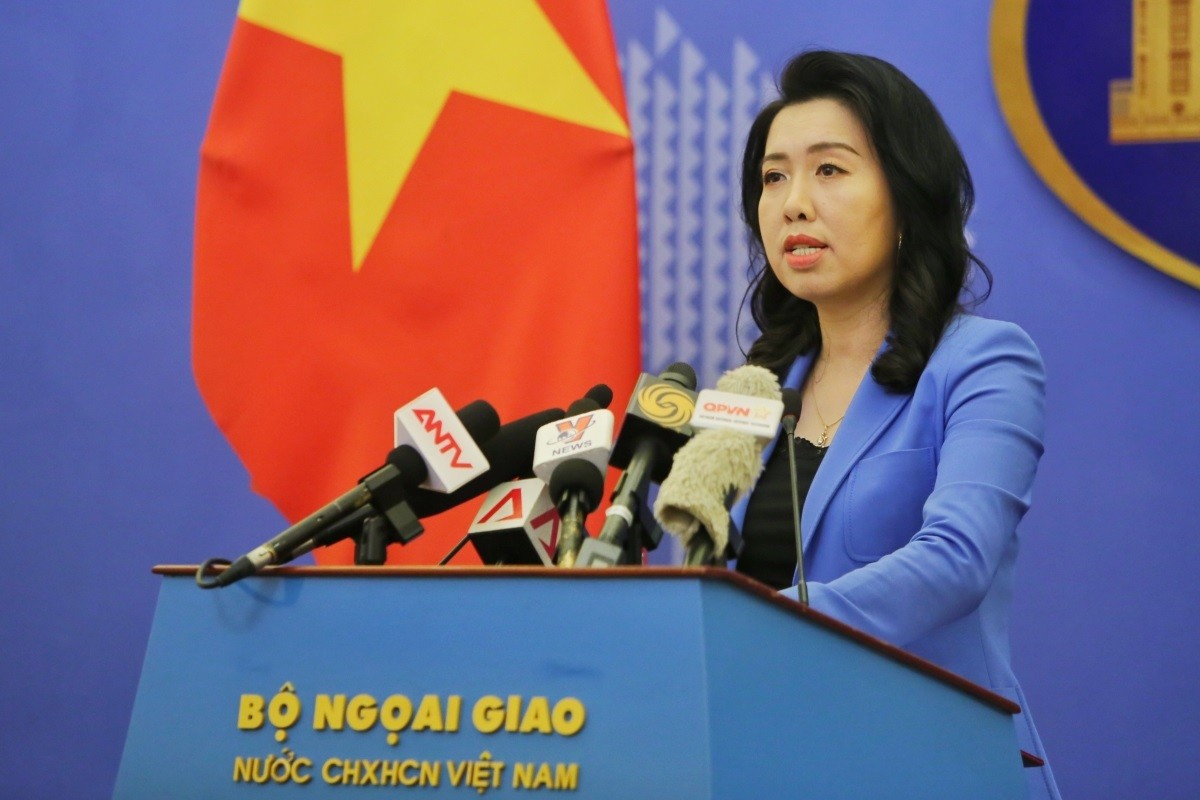 Seas and islands
Seas and islands
Vietnam Demands China Respect The Country's Sovereignty in East Sea
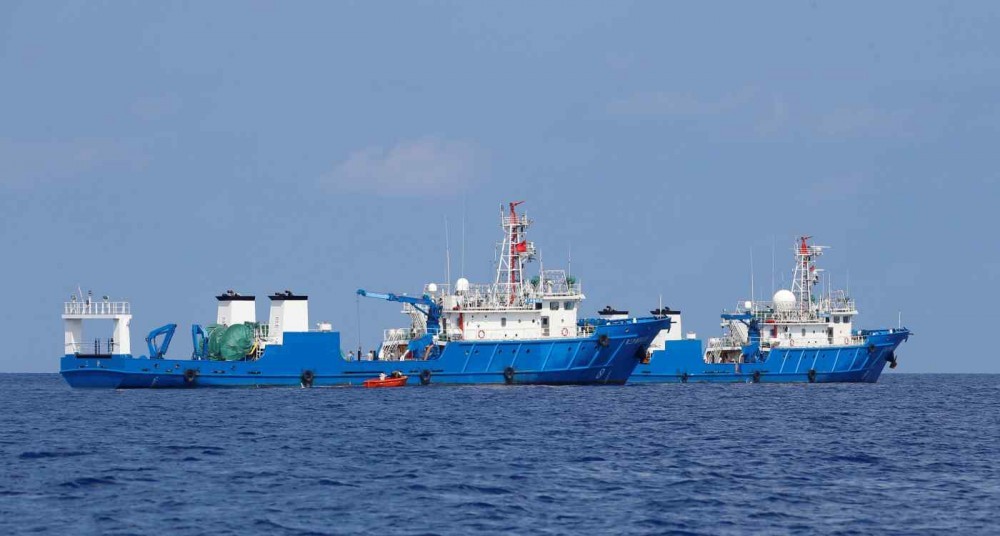 Focus
Focus
Promoting Substantive And Effective Code of Conduct in The South China Sea
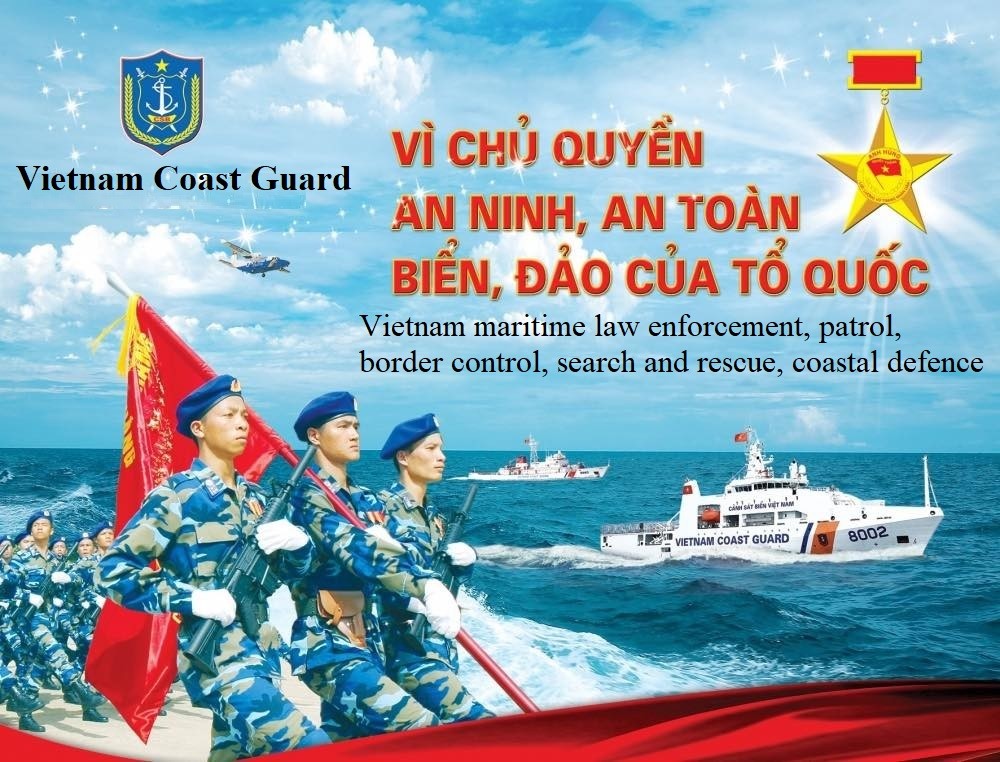 Seas and islands
Seas and islands
Vietnam's Coast Guard Creates Legal Corridor to Protect Sovereignty of Sea and Islands
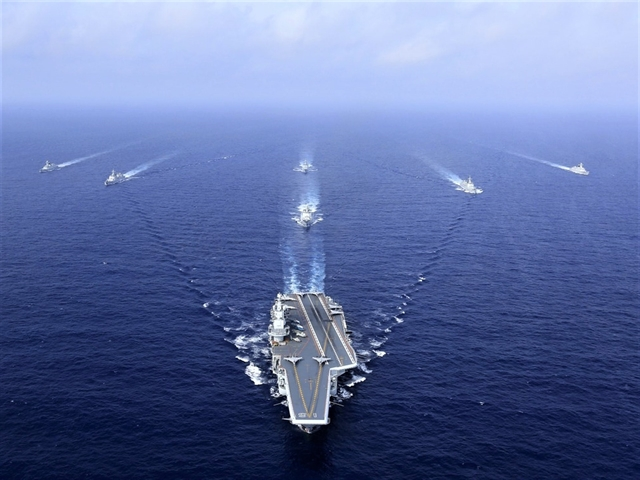 Seas and islands
Seas and islands
China announces naval drill in South China Sea (Bien Dong Sea)
Recommended
 Seas and islands
Seas and islands
Vietnam Endorses Common Voice on Ocean Jurisdiction
 Seas and islands
Seas and islands
Dialogue as Key to Settling Disputes and Advancing Law of the Sea
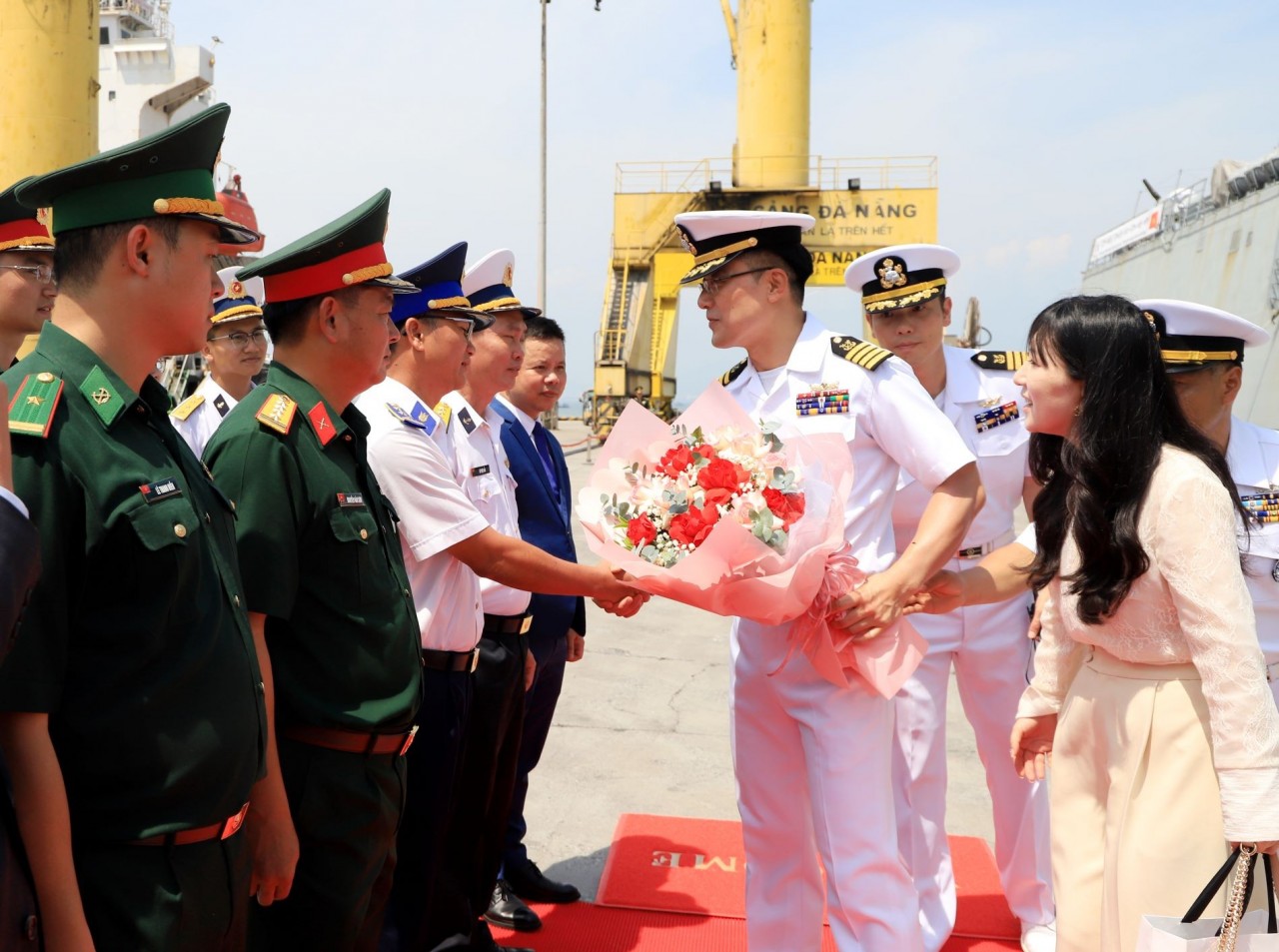 Seas and islands
Seas and islands
RoK Navy Ship Pays Friendly Visit to Da Nang City
 Seas and islands
Seas and islands
Naval Region 5 Promotes Reading Culture, Fosters Patriotism
Popular article
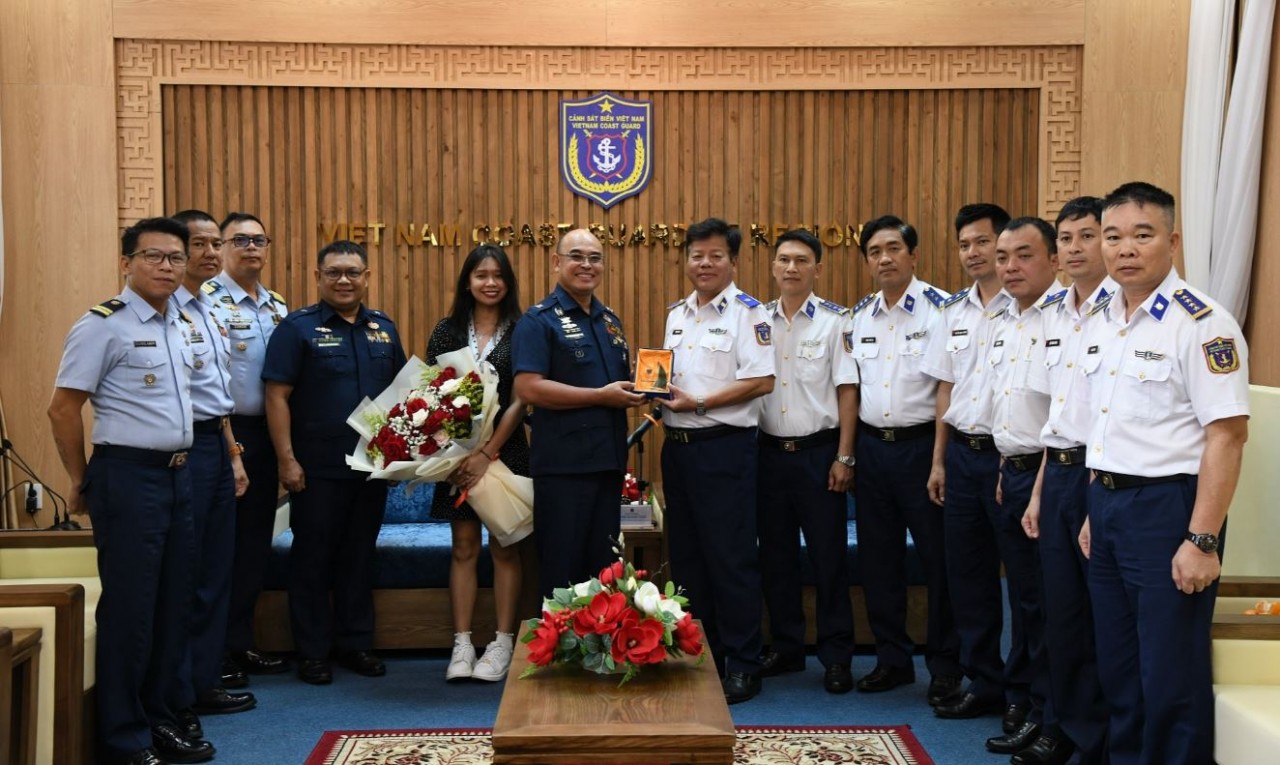 Seas and islands
Seas and islands
Coast Guard Region 2 Command Hosts Philippine Coast Counterpart
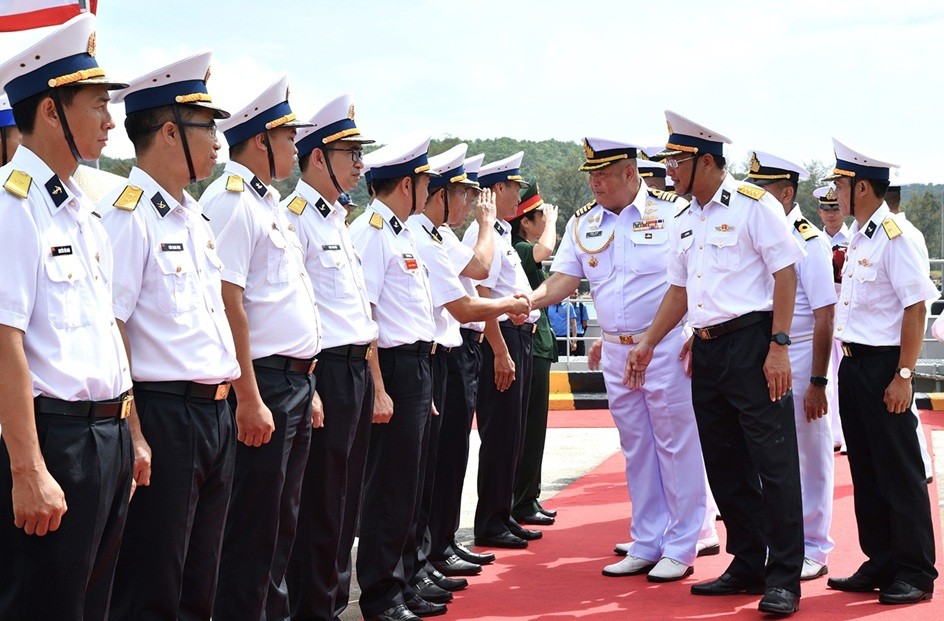 Seas and islands
Seas and islands
Vietnam - Thailand Navy: Coordination to Well Address Problems at Sea
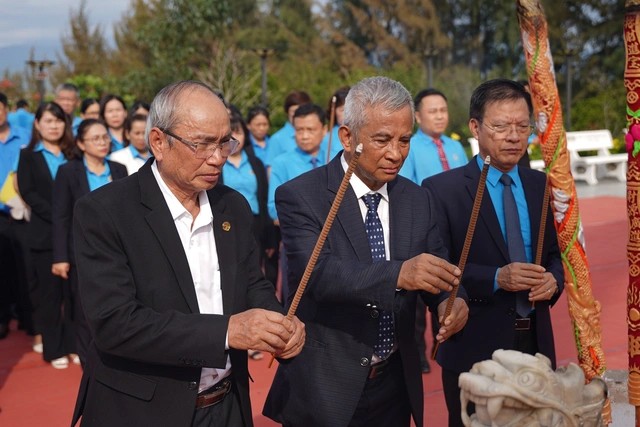 Seas and islands
Seas and islands
Honoring the Fallen: Incense Offering for the 37th Anniversary of Gac Ma
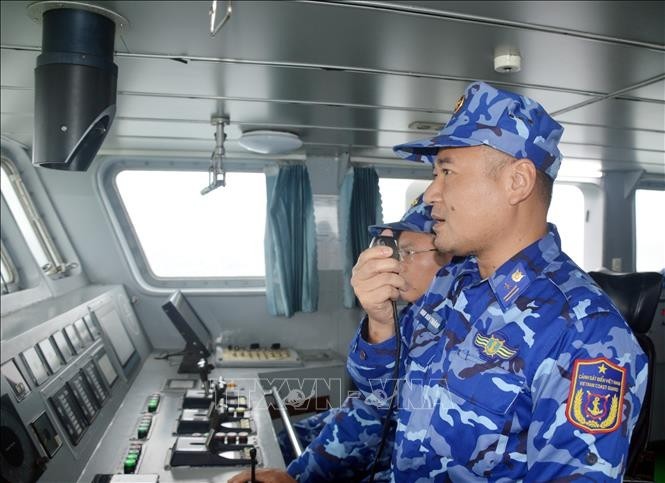 Seas and islands
Seas and islands

